Electrophysiological testing
What is it?
What is it?Electrophysiological testing helps your physician detect heart rhythm disturbances and to investigate its cause. This makes it possible for your physician to try to detect rhythm disturbances using electrical impulses and/or medication.
What is the process?
What is the process?Preparation
You will need to be fasting for your admission. This means only clear liquids (e.g. only water, tea, and coffee) for a minimum of two hours beforehand. You may eat a light meal and consume dairy products no later than of six hours beforehand, and a normal meal no later than eight hours before admission. Medication may be taken as agreed with the physician.
Sometimes, blood samples will be collected. You will be given a surgical gown to wear. Shortly before the procedure, you can be provided with a tablet to help you relax. The nurse places an IV line in your arm for the administration of medication, should that be necessary.
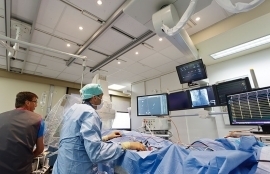
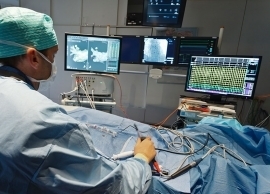
Test
The procedure is performed in the cardiac catheterisation room. You take place on the examination table. Ten adhesive electrodes are placed to monitor your heart rhythm. An area of skin measuring 5 by 5 cm is shaved and disinfected, and adhesive sterile sheets are placed around it. Local anaesthesia (general anaesthesia may be given if requested) is administered and then a vein (or possible an artery) is poked, giving access to electrical catheters, which are led up into the heart. The X-ray tube above the chest will show on the screen where the catheters are. Electrical impulses can jolt the heart rhythm and can trigger rhythm disturbances. If necessary, IV medicine can be administered that will make the heart beat faster.
The procedure is usually done in an hour, after which the catheters will be removed. Manual pressure will be applied to the groin and a compression bandage will be fitted. You will need to remain in bed with the compression bandage on for 8 to 24 hours. The time spent on bed rest determines the length of your stay.
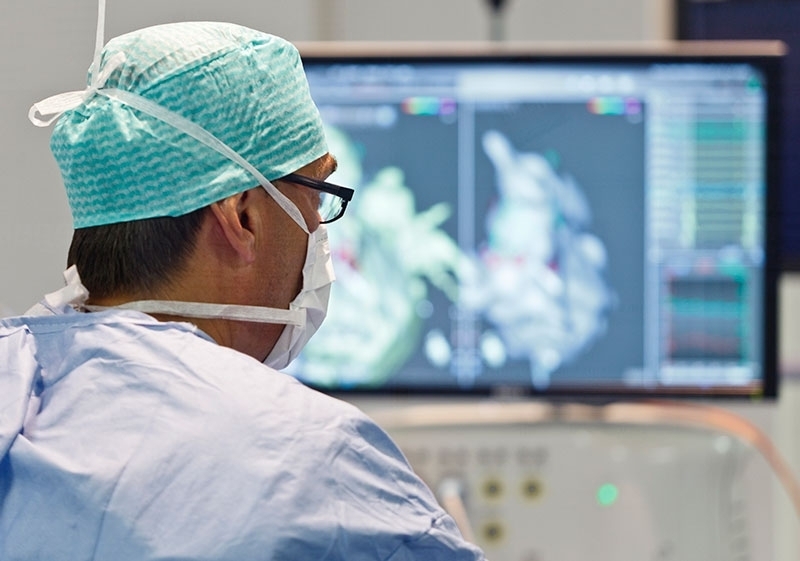
Aftercare
After the procedure, you will rest for a few hours in order to prevent bleeding from the inguinal puncture site. For this reason, you may need to stay overnight.
Avoid physical exertion and heavy duty at work for the first few days.
What are the risks?
What are the risks?The procedures has very few risks. The rhythm disorders can not only be triggered, they can also be eliminated. There is no risk of internal bleeding. You may have bruising at the site in the groin. This is best avoided by using a strong bandage and by lying flat.
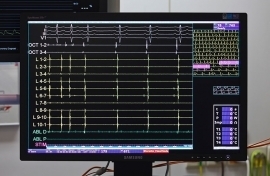
Results
ResultsThe results can either be reassuring or will indicate what the appropriate treatment may be. Medication, for example, may be indicated. The rhythm disorder could also be treated with an ablation, a procedure that will be performed after the electrophysiological testing. Sometimes, the electrophysiological testing may indicate the necessity to implant a pacemaker or an internal defibrillator.
Leaflet
LeafletSee the leaflet below for more information.
Only available in Dutch:
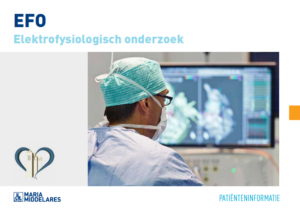
Elektrofysiologisch onderzoek
DownloadCost estimate
Cost estimateCentres and specialist areas
Centres and specialist areas
Latest publication date: 16/05/2024
Supervising author: Dr Provenier Frank



